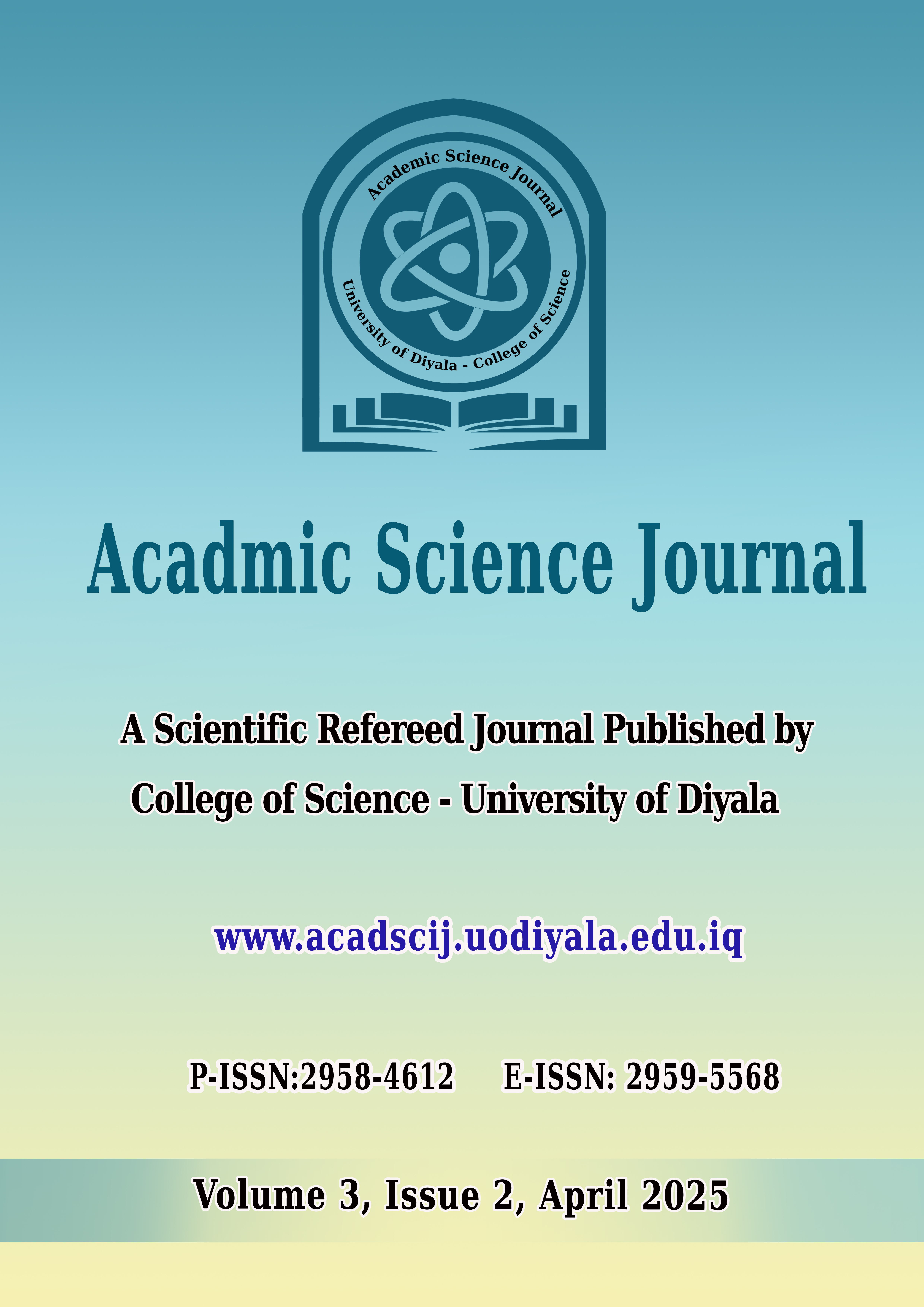Evaluation of the Proposed Hand Vein Authentication System using Machine Learning
DOI:
https://doi.org/10.24237/ASJ.03.02.960BKeywords:
Biometric authentication, hand vein patterns, machine learning, feature extraction.Abstract
This paper discusses the use of a biometric system for secure authentication based on deeper exploration in hand vein patterns to derive more reliability as a good biometric trait. The proposed system identifies internal hand vein patterns, and also identifies individuals correctly throughout their lifetime. The proposed system follows a three-phase approach comprising data processing, feature extraction, and feature evaluation. For the advanced filtering techniques in a dataset of 420 hand vein images, the approach goes to Box filters, HFEF, and CLAHE, then to discrete cosine transformation and image fusion. The features are extracted through PCA Net for acquiring the most distinctive attributes of hand veins. The different machine learning algorithms used in this evaluation for classification of the extracted features include SVM, Logistic Regression, and Naive Bayes. Results indicate highest accuracy for Logistic Regression algorithm (99.7%) and SVM algorithm of (99.6%). However, Random Forest algorithm has an accuracy of (98%), while Naive Bayes algorithm shows poorer accuracy of (91%).
Downloads
References
B. A. OMONAYAJO, “ADVANCEMENTS IN BIOMETRIC TECHNOLOGY.” NEAR EAST UNIVERSITY, 2021.
S. S. Harakannanavar, P. C. Renukamurthy, and K. B. Raja, “Comprehensive study of biometric authentication systems, challenges and future trends,” Int. J. Adv. Netw. Appl., vol. 10, no. 4, pp. 3958–3968, 2019.
L. J. Gonzalez-Soler, D. K. Jónsdóttir, C. Rathgeb, and D. Fischer, “Information Fusion and Hand Alignment to improve Hand Recognition in Forensic Scenarios,” IEEE Access, 2024.
P. Paternoster, “Social media impact and implications on society and students,” J. Media Lit. Educ, vol. 32, pp. 1–17, 2017.
J. B. Hill and N. E. Marion, Introduction to cybercrime: computer crimes, laws, and policing in the 21st century. Bloomsbury Publishing USA, 2016.
H. T. Luong, H. D. Phan, D. Van Chu, V. Q. Nguyen, K. T. Le, and L. T. Hoang, “Understanding Cybercrimes in Vietnam: From Leading-Point Provisions to Legislative System and Law Enforcement.,” Int. J. Cyber Criminol., vol. 13, no. 2, 2019.
A. O. Alaswad, A. H. Montaser, and F. E. Mohamad, “Vulnerabilities of biometric authentication threats and countermeasures,” Int. J. Inf. Comput. Technol., vol. 4, no. 10, pp. 947–958, 2014.
D. Tejaswi, K. Tejasri, K. Sai Supriya, Ch. Sireesha, “ Palm Vein Recognition Using Image Processing “ , International Advanced Research Journal in Science, Engineering and Technology, Vol. 11, Issue 3, March 2024.
Tuti Sandhya, Gogula Santhosh Reddy, V. Lakshmi, Sunaina Ahuja,” Palm Vein Recognition Using Networking”, ATEC Web of Conferences 392, ICMED 2024.
Adiraju, Rama Vasantha, et al., "An extensive survey on finger and palm vein recognition system.", Materials Today: Proceedings 45 , 2021, 1804- 1808.
Ahmad, Fawad, Lee-Ming Cheng, and Asif Khan. , "Lightweight and privacy-preserving template generation for palm-vein-based human recognition.", IEEE Transactions on Information Forensics and Security 15, (2019), 184-194.
Dataset publicly available for research purposes, (http://www.wavelab.at/sources/PLUSVein-Contactless/), accessed at 9/1/2024.
Downloads
Published
Issue
Section
License
Copyright (c) 2025 CC BY 4.0

This work is licensed under a Creative Commons Attribution 4.0 International License.





